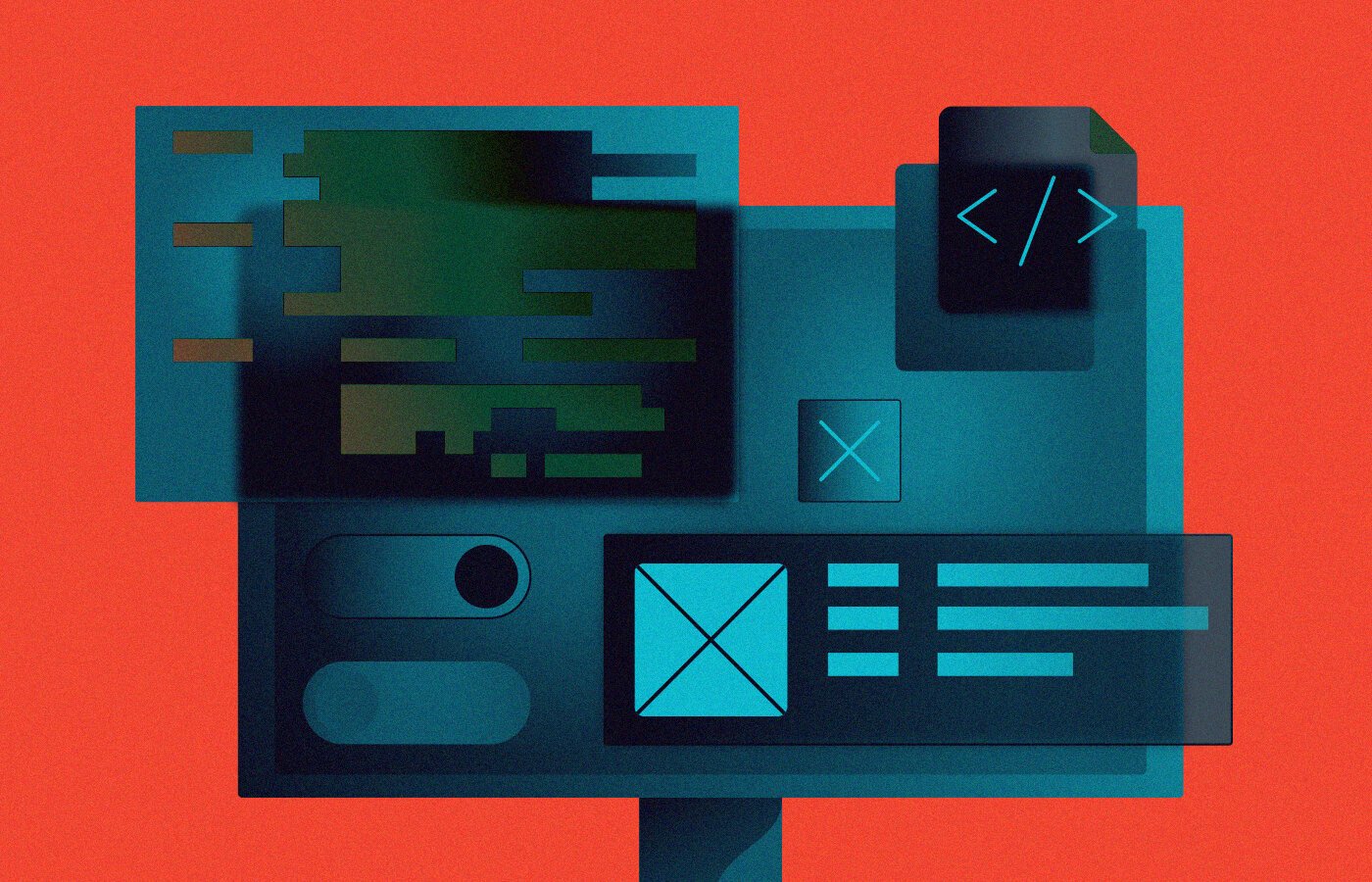blog
Pixels to Perfection: Unraveling the Digital Product Design Process
By Mohan S Design Software development App development November 26, 2023

Design plays a pivotal role in the success of your digital product strategy, serving as the gateway to user engagement and satisfaction. In the realm of digital experiences, intuitive and visually appealing design isn't just about aesthetics; it's the linchpin that drives user adoption, retention, and loyalty. An effective design enhances usability, establishes brand identity, and fosters a seamless interaction between users and the product.
A structured process for digital product design is essential for several reasons. It provides a digital product roadmap that ensures consistency, efficiency, and quality throughout the design journey. A well-defined process helps in streamlining workflows, aligning cross-functional teams, setting clear objectives, and ultimately delivering a product that meets user needs while adhering to timelines and budgets.
Essential Stages of Digital Product Design
Designing a digital product successfully requires a planned and methodical approach that centers on comprehending user requirements, coordinating organizational objectives, and developing a smooth user interface.
Comprehensive research is the first step in the process of creating a digital product; iterative design and prototyping are the next steps, and the end result is a polished, user-friendly product that is prepared for release.
We will explore every critical step in the process of designing a digital product in this blog.
1. Initial Discovery:
Beginning with a thorough understanding of project objectives, target audiences, and market research, the Initial Discovery phase marks the beginning of the design journey. Information about user needs, pain points, and competitive analysis is gathered during this phase. Learn more about requirements for your digital product.
By outlining the project's objectives, constraints, and scope, its main objective is to lay the foundation. Assuring a clear direction and alignment of design efforts with the identified user and business requirements, this foundational stage lays the groundwork for subsequent strategic decisions.
2. Analysis and Strategic Planning:
Analysis and Strategic Planning represent a critical phase in which designers painstakingly examine gathered data to derive useful insights. In this stage, user behavior, preferences, and needs are thoroughly investigated.
Creating user personas and outlining user journeys are all part of strategic planning, which aims to match these insights with organizational goals.
This phase lays the groundwork for the design process by creating a clear roadmap, which guarantees that subsequent design decisions are well-aligned to meet user expectations and align with the overall business goals.
3. Concept Development and Wireframe Creation:
The initial phases of concept development and wireframe creation are when designers use the information they've gathered to generate ideas and create conceptual designs that specify the composition and capabilities of the final product. Wireframes serve as the primary skeletal representations of the interface during this stage.
These wireframes do not delve into specific aesthetics; instead, they define layout and information hierarchy with a focus on usability and navigation. They act as vital roadmaps, establishing the foundation for later stages of the design process and guaranteeing that functionality and interaction are the primary concerns of the user.
4. Designing Mockups:
Using wireframes as a guide, designers create high-fidelity prototypes of the product during the critical step known as "designing mockups."
The product's aesthetics, which include color schemes, typography, and imagery, are vividly displayed in these detailed mockups.
Acting as a realistic sneak peek, these mockups let stakeholders see the finished product, which helps them make educated decisions and get approvals before moving forward with the development process.
5.Building Prototypes:
One of the most important stages in the process of creating interactive models that represent the product is Building Prototypes. By simulating user interactions, these prototypes allow for extensive validation and testing.
Before committing to full-scale development, they are invaluable tools for spotting possible usability problems, optimizing user flows, and getting critical feedback. By permitting modifications based on user insights, this stage greatly reduces risk and guarantees that the finished product successfully satisfies user expectations.
6. Providing Assets and Integrating with Development:
Developers and designers work closely together during the Providing Assets and Integrating with Development phase. Designers provide the necessary resources, thorough style manuals, and intricate design briefs.
This cooperation promotes consistency in design elements and reduces potential discrepancies, ensuring a seamless transition from the design phase to actual development. The integrity of the design vision must be preserved throughout the development process, and this requires close collaboration between the design and development teams.
7. Live Testing and Refinement:
The product is put through rigorous testing procedures in the real world during the Live Testing and Refinement stage. Iterative improvements are achieved through user feedback, usability tests, and careful examination of performance metrics.
The product is continuously refined to meet user expectations and stay in line with the overall business objectives thanks to the invaluable insights provided by users. Accepting feedback from users helps to create a digital product that is highly relevant and easy to use.
Conclusion
Adhering to an organized process is essential in the field of digital product design in order to produce products that are impactful and successful. From first discovery through live testing and optimization, the delineated phases form an all-encompassing structure that guarantees an organized and user-focused methodology.
Businesses can create products that meet market demands, connect with users, and drive success by following an organized digital product design process.




